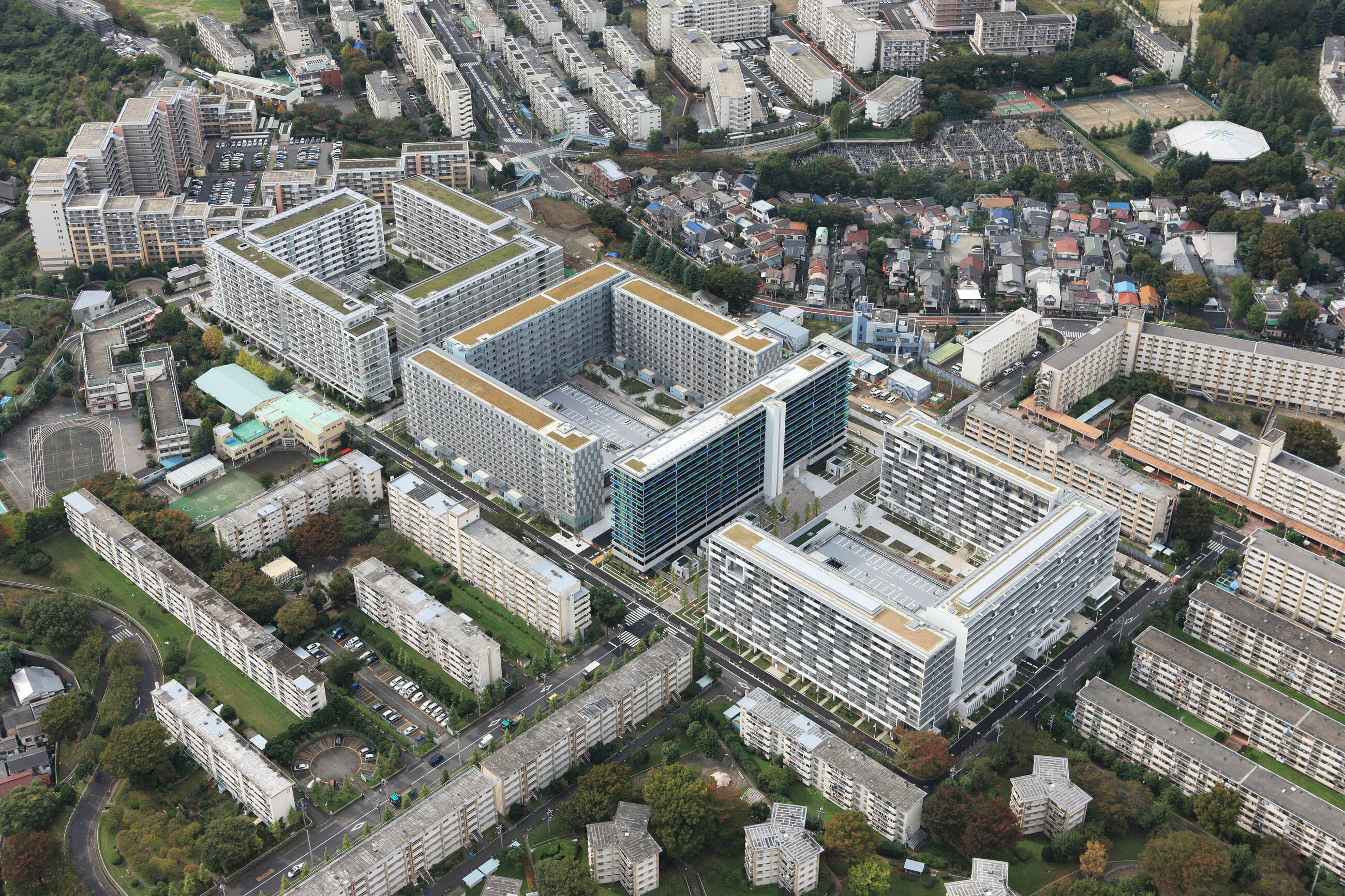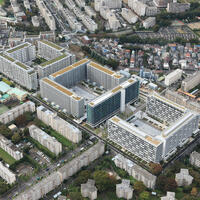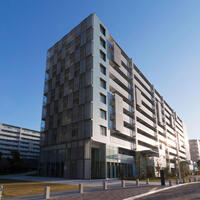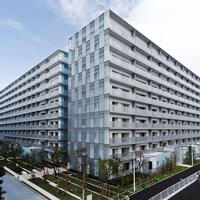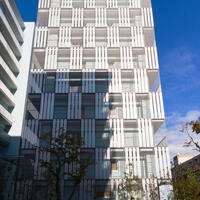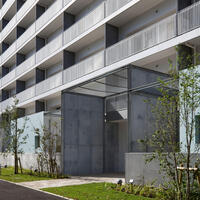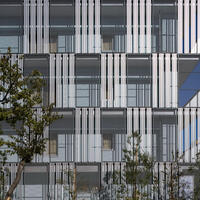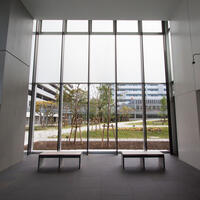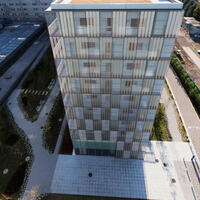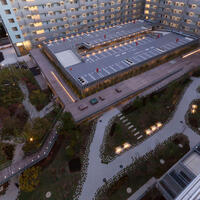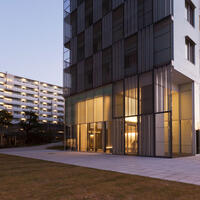Akabanedai Residential Block
Akabanedai, Kita ward, Tokyo, JAPAN
| Architect | Nobuaki Furuya NASCA + Satoko Shinohara Spatial Design Studio + Nitto Architects & Engineers Inc.JV |
|---|---|
| Usage | Apartment |
| Structure | RC |
| Size | 10F |
| Site area | 14.235.21㎡ |
| Area | 29,246.63㎡ |
| Completion | 2010.11 |
| Award | First Prize, Open Design Competition for Akabanedai Apartment 2007 |
| Publishing | Shinkenchiku 2011.02 |
Walking around the Akabanedai housing complex before its reconstruction, gave me an impression of a low rise dwelling with a vast expansion of blue sky. With abundant space between the adjacent buildings I felt very attracted by the connecting passages everywhere and the sense of long-established community. Although it wasn't as it had been before, when the buildings had extra floors, it was nevertheless at this point at the beginning of the project that I wished to maintain the atmosphere I felt.
The courtyard adjoining the construction areas on both sides has certain characteristics: a multi-storey car park is necessary in the middle of the courtyard, but in order to reduce its presence, a bicycle-park is built around it. On the car park is a deck which people can go around. The trees and flowers from the previous garden that the residents are familiar with, have been replanted, so there is a place in which people can unwind. On the ground floor, through passages at various places, newly designed residences, which can be used as SOHO, are arranged. The entrance hall has an automatic locking device; outside of it is a lobby lounge where everyone can gather freely.
From the second floor above, apartments for the original residents predominate. Corridors have community benches, and waiting rooms are provided in various places. The wall facing the corridor is painted a light blue colour. Paint is used on the GRC board partitions for the verandas, which appear blue as if reflecting the blue sky。On the gable side of each building, a distinctive checkered pattern has been made in order to show the identity of a block. This gable side, seen among a row of buildings, is waiting for the residents to return.
